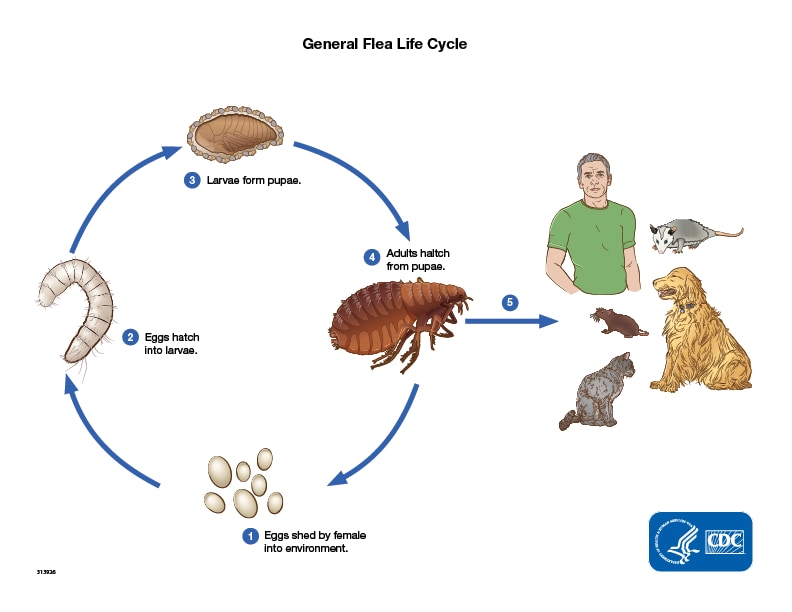
Baby Fleas: A Comprehensive Guide to Identification, Prevention, and Treatment
Introduction
Fleas are a common pest that can infest homes, businesses, and even vehicles. While adult fleas are easily visible to the naked eye, baby fleas, also known as flea larvae, are much smaller and more difficult to detect. However, baby fleas can pose just as significant a threat to your health and well-being as adult fleas.
This comprehensive guide will provide you with all the information you need to know about baby fleas, including how to identify them, prevent them from infesting your home, and treat an infestation if it occurs.
Identifying Baby Fleas
Baby fleas are tiny, white, worm-like creatures that are typically less than 1 millimeter in length. They have no legs and move by wriggling their bodies. Baby fleas can be found in areas where adult fleas are present, such as carpets, furniture, and pet bedding.
Life Cycle of Fleas
Fleas undergo a four-stage life cycle: egg, larva, pupa, and adult. Baby fleas are the larval stage of the flea life cycle. After hatching from eggs, baby fleas feed on blood from their host animal. Once they have fed, they spin a cocoon around themselves and enter the pupal stage. After a few weeks, adult fleas emerge from the cocoons.
Health Risks of Baby Fleas
Baby fleas can pose a number of health risks to humans and animals. They can transmit diseases such as typhus, plague, and tularemia. Baby fleas can also cause skin irritation and allergic reactions. In severe cases, flea infestations can lead to anemia and other health problems.
Preventing Baby Fleas
The best way to prevent baby fleas from infesting your home is to keep adult fleas out. This can be done by:
- Vacuuming your home regularly, especially in areas where pets spend time.
- Washing pet bedding in hot water.
- Treating pets with flea prevention medication.
- Keeping your yard free of debris and tall grass.
Treating Baby Fleas
If you do find baby fleas in your home, it is important to treat the infestation immediately. There are a number of different flea treatment options available, including:
- Vacuuming: Vacuuming your home thoroughly can remove baby fleas and eggs. Be sure to vacuum all areas where pets spend time, as well as furniture, carpets, and curtains.
- Washing: Wash pet bedding and other items that may have come into contact with fleas in hot water.
- Flea bombs: Flea bombs are a type of insecticide that can be used to kill fleas in your home. Flea bombs should be used according to the manufacturer’s instructions.
- Professional pest control: If you are unable to control the flea infestation on your own, you may need to call a professional pest control company.
Conclusion
Baby fleas are a common pest that can pose a number of health risks to humans and animals. By following the tips in this guide, you can prevent baby fleas from infesting your home and keep your family and pets safe.
